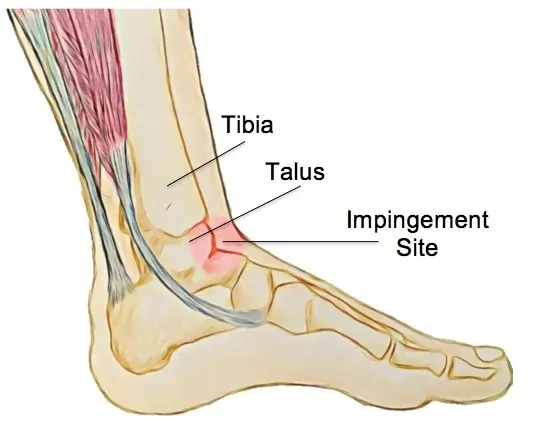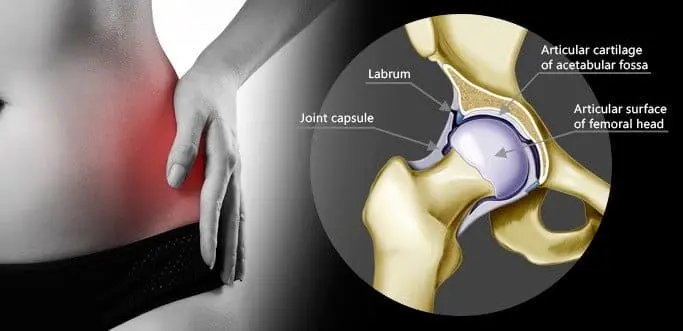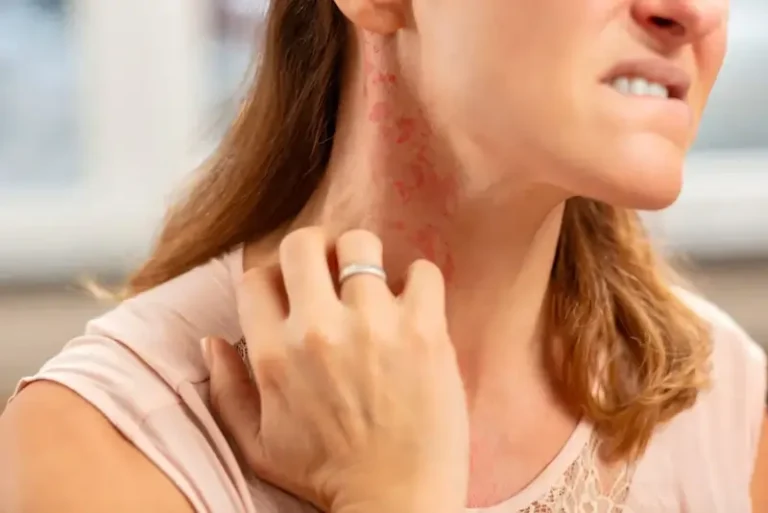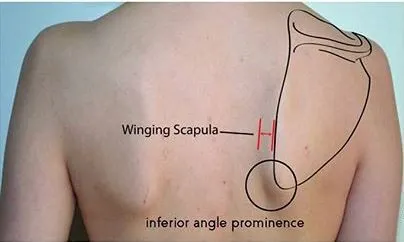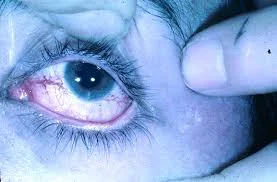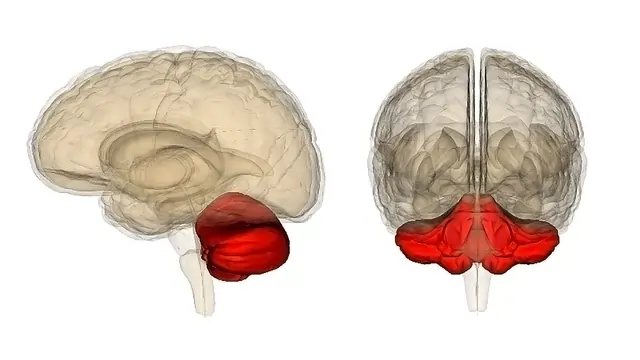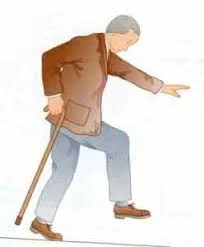Anterior Ankle Impingement Syndrome
What Is Anterior Ankle Impingement? Anterior Ankle Impingement Syndrome is a condition characterized by pain and restricted movement at the front (anterior) of the ankle joint, often caused by repetitive trauma, overuse, or previous ankle injuries such as sprains. It typically occurs when soft tissues or bony growths (osteophytes) get pinched during dorsiflexion (upward foot movement), leading…

